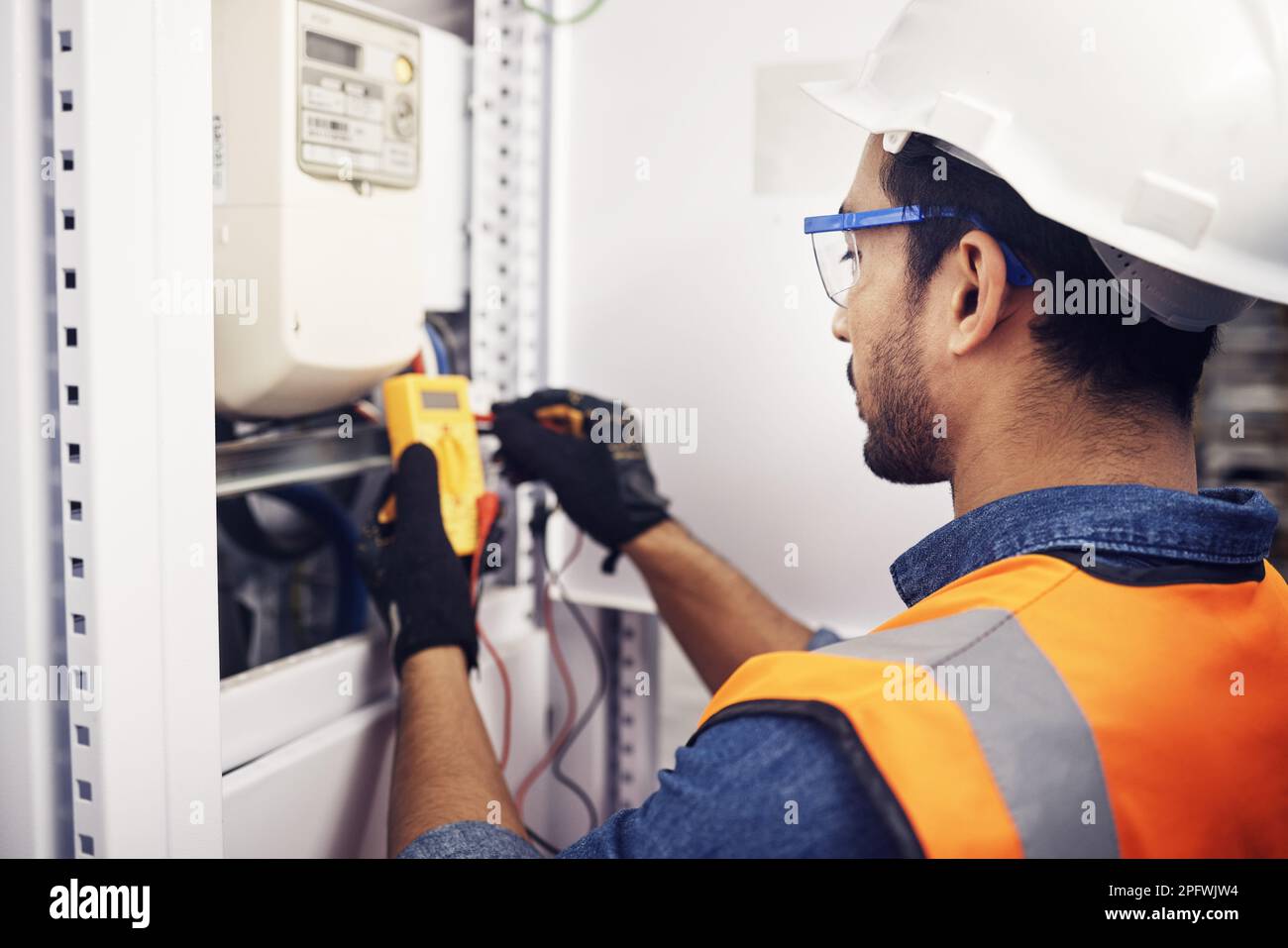Diagnose HVAC inefficiencies with energy testing
Diagnose HVAC inefficiencies with energy testing
Blog Article
The Role of Power Testing in Achieving an Airtight Option for Your Property
Power testing is crucial for residential property proprietors seeking to produce an airtight setting. It determines air leakages and ineffectiveness that can jeopardize energy efficiency. Common culprits consist of gaps around home windows and doors. Using approaches like blower door tests and thermal imaging, house owners can gain understandings right into their residential property's vulnerabilities (air tight solutions). Recognizing these findings is crucial. What steps should be taken when air leakages are identified? The responses hold the trick to enhanced comfort and cost savings
Recognizing Energy Testing and Its Value
Power screening plays a vital duty in assessing the airtightness of structures and frameworks. By measuring air leakage, this technique supplies essential insights right into a building's power performance, thermal convenience, and overall performance. Airtight structures reduce power intake, guaranteeing that cooling and heating systems operate efficiently. This testing process generally involves techniques such as blower door tests, which produce a regulated atmosphere to determine unplanned air pathways.Understanding the significance of energy testing prolongs beyond conformity with structure codes; it cultivates a positive method to sustainability. Recognizing air leaks early can bring about timely remediation, ultimately improving indoor air high quality and minimizing energy costs. Furthermore, energy screening adds to the long life of building products by decreasing wetness build-up and associated damage. As recognition of ecological effect increases, power testing becomes an important tool for building contractors and house owners going for high-performance residential properties.
Typical Sources of Air Leaks in Feature
Determining common resources of air leaks is essential for enhancing a residential or commercial property's power effectiveness. These leaks usually happen in various locations of a building, substantially affecting home heating and cooling prices. Usual offenders include gaps around doors and home windows, where seals may deteriorate gradually. Additionally, electric outlets and switches can produce paths for air exchange if not effectively protected. Attics and cellars are additionally regular resources, particularly where walls fulfill the structure or the roof. Various other potential leakage points include plumbing infiltrations, venting systems, and the areas surrounding smokeshafts. Older buildings might suffer from deteriorated building materials, boosting susceptability to air seepage. By identifying these common sources, homeowner can take proactive steps to seal leaks, thus improving general energy effectiveness and convenience within their rooms. Addressing these issues is a vital part of establishing an airtight service for any type of property.
Methods of Energy Screening: Blower Door and Thermal Imaging
Effective energy testing methods, such as blower door examinations and thermal imaging, play an essential role in identifying air leaks within a property. The blower door examination entails pressurizing or depressurizing a building to determine air movement and determine leaks. An adjusted fan is set up in an exterior entrance, and the resulting pressure distinction highlights locations of unwanted air infiltration. This approach measures the general airtightness of the structure.Thermal imaging complements blower door examinations by visually discovering temperature variants on surfaces, revealing surprise air leakages. Infrared video cameras capture warmth loss or gain, enabling precise recognition of issue areas, such as inadequately protected wall surfaces or spaces around windows and doors. energy testing north carolina. Together, these approaches supply a complete evaluation of a home's energy performance, allowing homeowner to resolve air leaks efficiently and improve overall performance
Advantages of Identifying Air Leaks
Identifying air leakages provides significant advantages for power effectiveness and interior convenience. By securing these leaks, buildings can decrease energy usage, bring about lower energy costs and a minimized carbon impact. Additionally, enhanced airtightness contributes to a much more steady indoor setting, enhancing overall convenience for residents.
Energy Efficiency Improvements
Spotting air leaks is important for boosting power effectiveness in buildings. Determining these leaks enables residential property proprietors to attend to areas where conditioned air leaves or unconditioned air gets in, causing substantial energy cost savings. By sealing cracks and spaces, structures can maintain a constant temperature, lowering the demand on home heating and cooling down systems. This not just reduces power costs however additionally lessens the environmental influence connected with raised power intake. Furthermore, power performance improvements add to a building's general sustainability, making it an extra appealing option for eco-conscious purchasers or lessees. Ultimately, prioritizing air leakage detection and removal aids optimize power use, promotes liable resource administration, and sustains lasting monetary benefits for property owners.

Enhanced Indoor Convenience
Dealing with air leaks not only causes power cost savings but additionally substantially improves indoor comfort. When air leakages are effectively determined and sealed, temperature level guideline within a building becomes extra reliable. This leads to consistent interior temperatures, eliminating chilly drafts in winter season and locations in summer season. Enhanced insulation likewise decreases noise pollution from outside, creating a quieter and more click resources serene living setting. Additionally, enhanced air top quality is achieved by lessening the infiltration of exterior pollutants, allergens, and humidity, contributing to the total well-being of occupants. House owners experience a more pleasant atmosphere, promoting leisure and productivity. Eventually, correcting and identifying air leaks is necessary for attaining perfect interior comfort throughout the year.
Exactly How Energy Testing Boosts Convenience and Indoor Air Quality
Power screening plays an important duty in boosting temperature law within indoor areas, making sure a comfy and constant environment. By identifying and sealing air leaks, it also greatly decreases the seepage of toxins, consequently improving interior air quality. This twin impact cultivates overall wellness for occupants.
Enhanced Temperature Policy
Effective temperature level policy greatly adds to both convenience and interior air top quality, making it a vital focus for contemporary building design. Power screening plays a crucial role in achieving this policy by identifying areas where warmth loss or gain happens, permitting targeted enhancements. By guaranteeing an airtight building envelope, power testing aids preserve regular indoor temperatures, lowering the need for extreme home heating or air conditioning. This security boosts occupant comfort, as variations in temperature level can cause discomfort and dissatisfaction. In addition, efficient temperature level control can boost interior air high quality by reducing the danger of condensation and mold and mildew development, which grow in irregular temperature level problems. For that reason, power testing is essential for optimizing temperature monitoring in residential and business homes.
Lowered Pollutant Infiltration
While several aspects add to interior air quality, lowered toxin infiltration stands apart as a vital element that energy testing can greatly boost. Energy screening recognizes air leakages and powerlessness in a structure's envelope, which might permit outside toxins, allergens, and dampness to enter indoor rooms. By sealing these leakages, buildings can effectively restrict air-borne pollutants, resulting in a healthier atmosphere. Enhanced airtightness not only boosts convenience yet also reduces the worry on heating and cooling systems, leading to power savings. Additionally, lowered contaminant seepage fosters better overall health for residents, as cleaner air advertises respiratory system health and reduces allergy symptoms. Consequently, power screening plays a critical function in developing both an energy-efficient and health-conscious home.
The Financial Impact of Energy Screening on Energy Bills

Steps to Take After Energy Testing Outcomes
When energy screening outcomes remain in, home owners should thoroughly review the searchings for to identify the most effective path onward. The initial step involves recognizing the locations that call for improvement, such as air leakages or insulation deficiencies. Property owners need to after that focus on repairs based upon the seriousness of the problems and their potential impact on energy efficiency.Next, it is a good idea to speak with professionals that focus on energy efficiency to create a thorough activity plan. This may consist of options like sealing gaps, including insulation, or updating windows and doors.After implementing the essential adjustments, a follow-up energy examination can determine the performance of the repair services. Continual surveillance is also important to Continued ensure that the residential property keeps its closed standing over time. By following these steps, property owners can considerably improve their residential or commercial property's power effectiveness, causing reduced utility bills and improved comfort.
Often Asked Inquiries
How Commonly Should I Conduct Energy Evaluating on My Home?
The frequency of power screening ought to normally be every couple of years, or complying with significant renovations. Regular evaluations help determine performance improvements and guarantee that the building maintains optimal power efficiency gradually, adjusting to transforming problems.
Is Energy Screening Necessary for New Constructions?
Energy testing is essential for new building and constructions, as it identifies prospective air leakage and insulation concerns - air tight solutions. Carrying out these examinations assurances energy performance, boosts indoor comfort, and fulfills building ordinance, eventually leading to long-term cost financial savings
Can I Perform Power Screening Myself?
Power screening commonly needs customized devices and know-how. While some house owners might try standard evaluations, specialist solutions assure exact results and efficient recognition of concerns, ultimately resulting in better power performance and comfort in living spaces.
What Is the Expense of Professional Power Testing Solutions?
The expense of specialist power screening solutions typically varies from $300 to $1,500, depending on residential or commercial property area, intricacy, and size. Property owners ought to consider possible power cost savings when examining the financial investment in these solutions.
For How Long Do Energy Testing Outcomes Generally Last?
Energy screening results generally continue to be valid for one to three years, depending upon variables like structure adjustments and environmental modifications. Regular updates are suggested to guarantee accuracy and preserve reliable power effectiveness standards. Reliable energy testing approaches, such as blower door tests and thermal imaging, play a necessary role in diagnosing air leaks within a building. Determining these leakages allows home owners to deal with locations where conditioned air gets away or unconditioned air gets in, leading to considerable power cost savings. Power testing recognizes air leakages and weak points in a structure's envelope, which may allow exterior contaminants, irritants, and moisture to get in interior areas. As homeowners significantly seek to reduce their power costs, the function of power testing becomes crucial in determining leakages and inefficiencies. Property owners should after that prioritize repairs based on the intensity of the problems and their possible influence on energy efficiency.Next, it is advisable to consult with professionals who specialize in energy efficiency to create a thorough action strategy.
Report this page